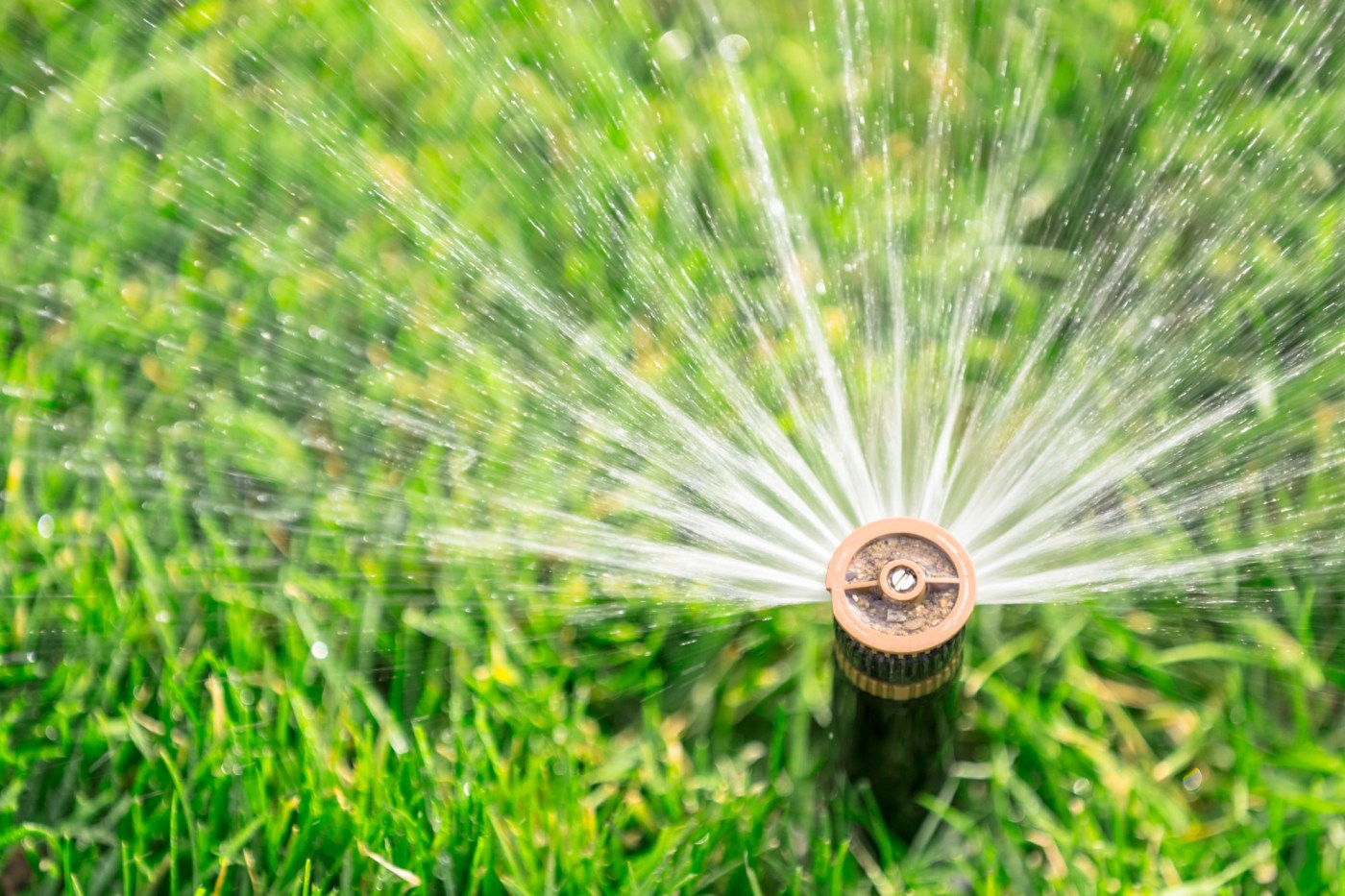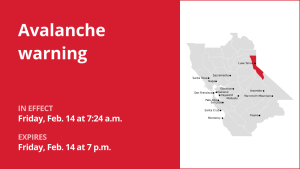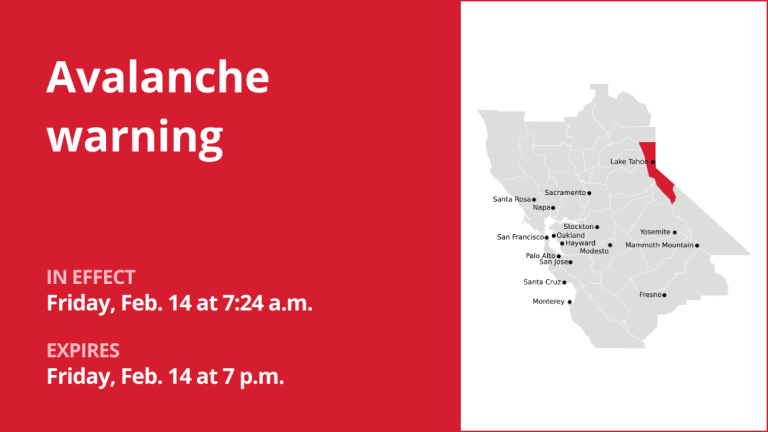One of the most entrenched horticultural myths concerns wetting down the foliage of plants during the heat of the day: “Water droplets act as tiny magnifying glasses, focusing the sun’s rays so that your plants get scorched” is accepted wisdom among a large portion of the gardening public.
But nothing could be further from the truth.
In Australia, in order to prevent scorched fruit on a 40-acre Granny Smith apple orchard, an overhead misting system was installed. Sunburn loss was reduced from 10 percent to 2 percent of the apple crop. Misting systems, which are especially effective at cooling off hot patio and balcony planters, are readily available through online vendors.
You do not have to go to Australia to be convinced that overhead wetting of leaves does not damage plants. Of the 55 million acres of irrigated agriculture in the United States, 28 million acres are watered by overhead sprinklers on a center pivot system that slowly circles through a field for as long as 24 consecutive hours at a time. Among crops that receive overhead irrigation in the heat of the day are alfalfa, wheat, corn, soybeans, cotton, sugar cane, sugar beets and watermelon.
The fact that overhead irrigation can save plants from burning in extreme heat is one reason to keep your conventional spray sprinkler system; its steady application of rain-like droplets from above will cool off foliage on a hot day. Or you could utilize a pulsating sprinkler, also known as an impulse or impact sprinkler, to apply water over a large area. There are pulsating sprinklers that can cover up to 5,000 square feet and cost around $20 each. Some of these sprinklers have a stabilizing base to which you connect a hose and so the unit is completely mobile and can easily be moved around. For orchard overhead watering, you can mount a pulsating sprinkler on a tripod so that the pulse of water produced will elevate sufficiently to reach the canopy of your trees.
Regardless of the weather forecast this summer, early morning irrigation is recommended while a layer of mulch up to six inches thick is effective at minimizing water loss from the soil. Just make sure the mulch does not cover the bark of your shrubs and trees since this would invite pathogenic organisms into the picture. If the foliage on some of your plants should burn, do not prune it off since it will provide shade for the foliage beneath. Cutting the dead leaves could also result in scorching of new foliage that would emerge.
• • •
Victoria Morse-Chafee emailed the following cry for help: “Ants have set up a HUGE base camp at the foot of my 60-year-old grapefruit tree and have invaded it up to the canopy….and they sting!! I don’t know what to do, but I’m afraid for my dogs, and I can’t go near the base for fear of the ants falling on me and biting, which happened just this morning, What do I do, and will they damage my beautiful tree?” she asked.
Ants are attracted to citrus trees, in particular, because of the variety of sap-sucking insects that take up residence there. Aphids – sometimes referred to as “ant cows” – and scales especially, but mealybugs and whiteflies, too, excrete a sticky substance called honeydew which is a food source for ants. What makes ants even more diabolical is that they fight off the insect predators of the pests they shepherd and will carry pests from one branch to another on the same tree or from one tree to another.
Related Articles
30 tips to help your June garden manage water, fruit trees, vegetables and more
Looking for a low-maintenance tree for your garden? Here are some suggestions
Here’s a great new tool to help protect butterflies in your area
Fairy gardens: How to conjure myth, magic and mirth when gardening with kids
The way to stop ants from climbing your tree is to wrap vinyl tape around the trunk, a few inches up from the ground, and slather a sticky substance such as Petroleum Jelly on the tape. There is also a product called Tanglefoot that is used for this purpose. The ants get stuck on the sticky barrier and die. You will have to check periodically to scrape off the dead ants since their corpses serve as a bridge over which other ants will crawl to proceed up into the tree. It is advisable to change your trap once a year since its stickiness will decline over time.
In any event, the health of an established tree such as yours should not be affected by ants, much less by what appear specifically to be fire ants since yours bite. The good news is that fire ants are omnivorous and may even prey on insect pests that would otherwise be damaging to your tree. I am not a veterinarian so I cannot recommend what to do if your dog should be bitten by fire ants. However, you can look into controlling fire ants; there are at least two products that are promoted as pet-safe (but it’s worth doing your own homework to be comfortable with how they work): Terro Liquid Ant Bait Stations and Advion Ant Gel.
California native of the week: Gardeners are probably familiar with common sea lavender (Limonium perezii), indigenous to the Canary Islands. It blooms most of the time with purplish flowers on 2-3 foot stems. The flowers are long-lasting and eminently suitable for dry flower bouquets. It so happens that there Is a California sea lavender (Limonium californicum) too, also known as Western marsh rosemary. Consider this species a miniature version of its more commonly known cousin. Its flower stalks are only 14 inches tall although its leathery oval leaves, close to the ground, reach 12 inches in size. It is a durable perennial owing to its woody rhizomes. California sea lavender is found growing along the coast from Oregon to Baja California yet its habitat of salt marshes saline playas is shrinking and it is now endangered, which is a good argument for growing it. Unfortunately, it is rarely encountered in the nursery trade so If anyone knows of a source for this species or its seeds, please advise.
Please send questions and comments, as well as garden successes and garden predicaments, to joshua@perfectplants.com.












